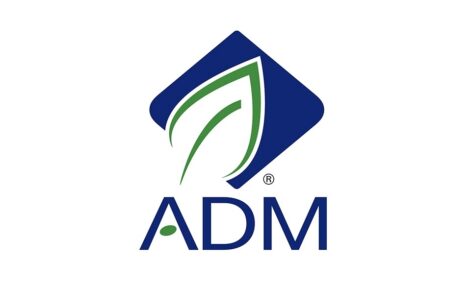



Further Nutrition Research Needed for Sustainability
US - Over five decades, the poultry industry has developed from a backyard operation to the world’s largest animal protein supplier for human consumption.The poultry industry has done a remarkable job in its low carbon footprint and efficiency of production. These advances have come from industry embracing new technologies and adapting to on-going challenges.
It is estimated that genetic selection has accounted for 80 per cent of the gain, whereas nutrition and husbandry (health, housing, environmental management) have each contributed around 10 per cent.
From an economic point of view, however, feed is the single most expensive item in poultry production, accounting for 65-75 per cent of live production costs in most countries. This makes innovation in nutrition research and application a top priority.
In terms of amino acids, we have made great in-roads in refining ideal protein ratios and using digestible amino acids for feed formulation. Today attention is paid to the role of “conditional non-essential amino acids”, i.e., serine, glycine and proline, an area of research that may present exciting opportunities in the future.
In addition, more and more synthetic amino acids are becoming available at affordable prices. On the energy front, the feasibility of a net energy system has been explored. In the area of minerals, the use of chelated minerals, marketed widely as “organic minerals”, is becoming more common, whilst a great deal of work is occurring in re-defining calcium to phosphorus ratios and also the use of digestible calcium.
So what is next? Take broiler chicken production for instance. The number of days to reach 2.3kg for the broiler chicken has been shortened by 10 days over the past 15 years, reaching market age in less than five weeks post hatch.
It is expected that in the not-too-distant future this will be shortened to the point where the age to market comes closer to the embryo age, i.e. 21 days. This will mean that the bird spends close to 50 per cent of its life in the egg.
This will raise questions such as, are all embryos equal in their provision of essential nutrients required for a healthy chick? Or is it possible to influence the viability and life-long productivity of the chick through the provision of nutrients, either to the embryo or to the parents? The Poultry CRC is currently working on a project exploring the epigenetic effects of nutrition on progeny performance to answer this question.
Poultry production will continue to play a major role in maintaining global food security. However, major boosts to productivity without compromising food safety, the environment and animal welfare will continuously rely on cutting edge technologies that deliver more from less, sustainably.








